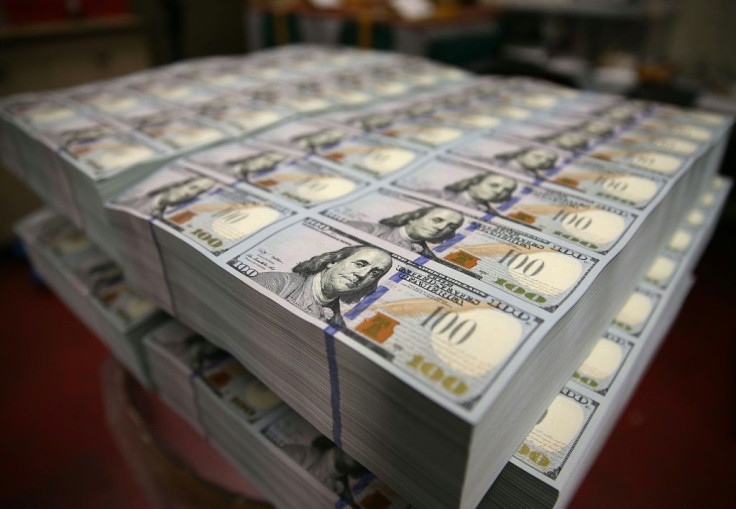GDP Up, But Not Enough To ‘Get Us Out Of The Hole That COVID Dug’
With the election looming and no new stimulus package in place, the third quarter GDP increased by an annual rate of 33.1 % for the third quarter of 2020, according to the advanced estimates by the Bureau of Economic Analysis.
This is in sharp contrast to the GDP’s decrease of 31.4 % for Q2 2020. The complete GDP data will be released on Nov. 25, the Bureau said.
Diane Swonk, chief economist at Grant Thornton, said prior to the release of the GDP estimates that “tomorrow we will see the first cut of the GDP data for the third quarter. We are expecting a record breaking gain of more than 30% on an annualized basis. That is terrific but not enough to get us out of the hole that COVID dug, while risks of a set back have surged w/new cases.”
Tomorrow we will see the first cut of the GDP data for the third quarter. We are expecting a record breaking gain of more than 30% on an annualized basis. That is terrific but not enough to get us out of the hole that COVID dug, while risks of a set back have surged w/new cases.
— Diane Swonk (@DianeSwonk) October 27, 2020
The Bureau contributed the GDP increase to reopening of business and resuming of activities that were restricted at the height of the coronavirus pandemic. The Bureau said that it could not fully quantify the effects of the COVID-19 pandemic on the GDP estimate.
The increase in real GDP reflected more spending on personal consumption expenditures, private inventory investments, exports, nonresidential fixed investments, and residential fixed investments, which was partially offset by a decrease in federal government spending.
Personal consumption expenditures were led by healthcare, food services, and accommodations as well as by goods such as vehicles, clothing, and footwear. Vehicle dealers led the private inventory investment sector, and exports were headed by automobiles, engines, and parts. Brokers also saw their commissions increase in the real estate market.
The current dollar GDP rose to 38% or $1.64 trillion for the quarter, up to $21.16 trillion. In comparison, the GDP decreased in Q2 by 32.8% or $2.04 trillion. The price index for the GDP also increased by 3.4% compared to a decrease of 1.4% for the second quarter of 2020.
The quarter also saw personal incomes decrease by $540.6 billion for the quarter compared to an increase of $1.45 trillion in Q2. Disposable personals incomes also decreased by $636.7 billion or 13.2% over $1.60 trillion or 44.3% in Q2.
Personal savings was down $3.87 trillion in the third quarter. It was only $2.78 trillion in Q3 compared to $4.71 trillion in Q2.
"The rebound in Q3 GDP must be viewed in the context of the expectation that the full year will likely still see a contraction, once the final figures are in," Mark Hamrick, senior economic analyst for Bankrate, told International Business Times in an email.
"The rise occurs off the base of a smaller economy after the historic Q2 contraction," he added. "There’s a high level of uncertainty associated with growth in the current quarter, including the risk that consumers opt to spend more time in their homes, and less money out and about, in the coming weeks to avoid the virus. Growth remains lower than where it ended in 2019, which means it isn’t yet time to hang the mission accomplished banner."

© Copyright IBTimes 2024. All rights reserved.



















